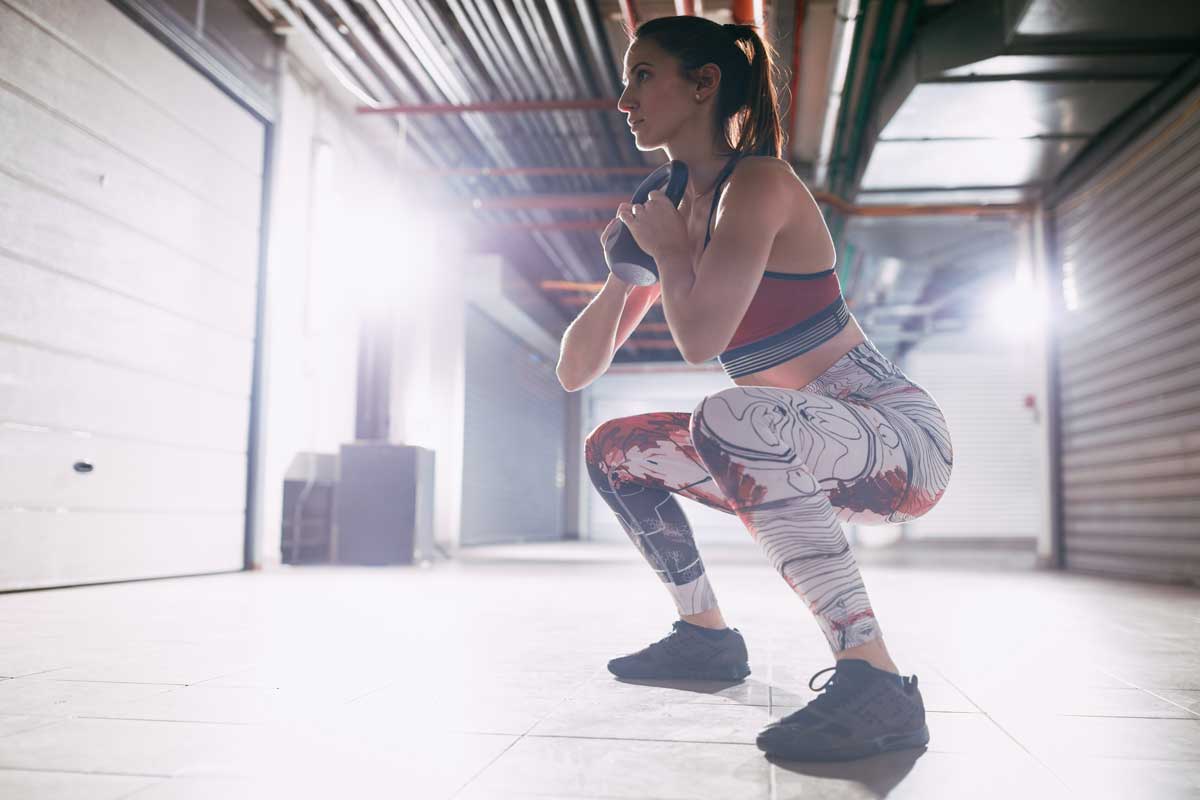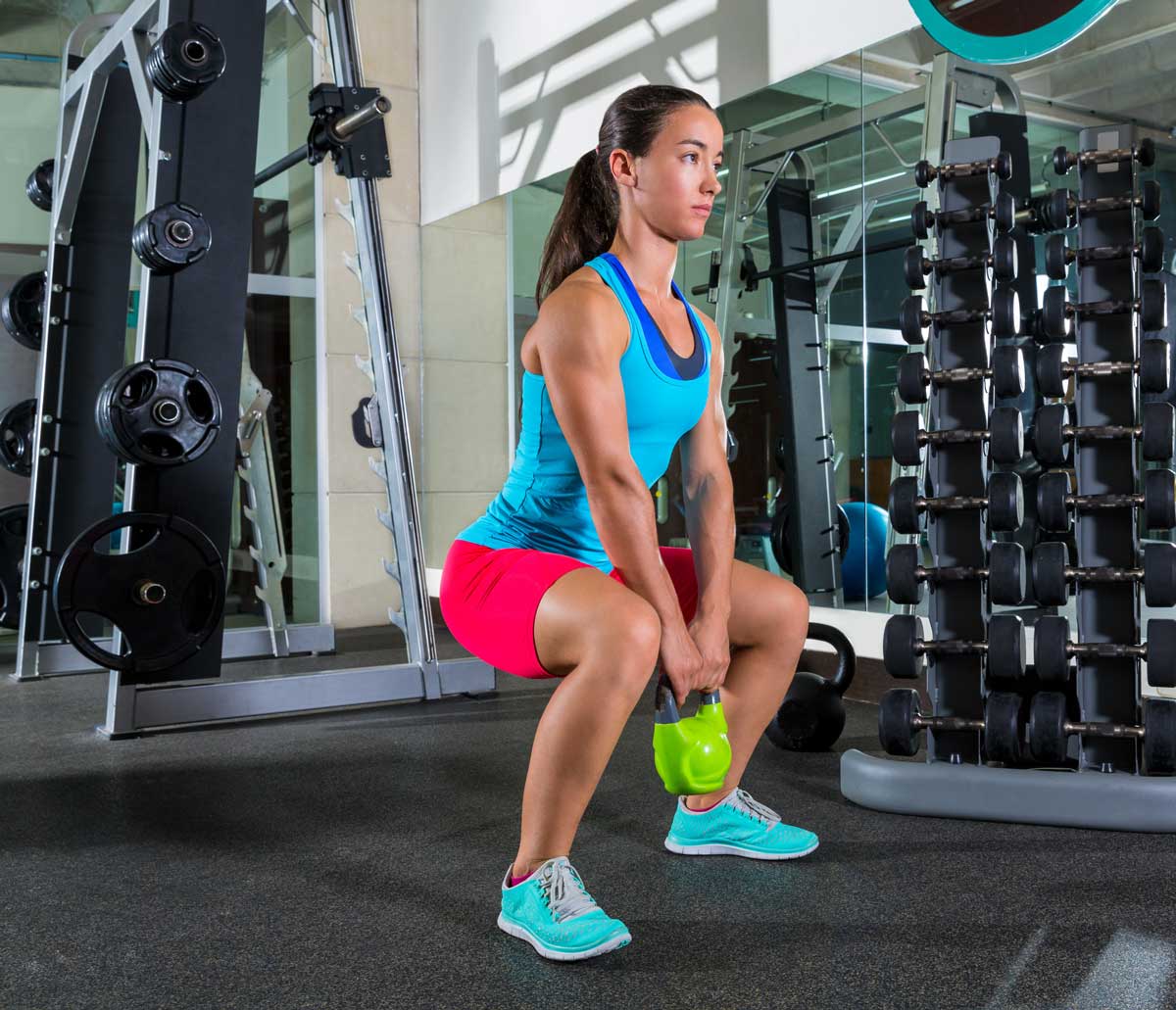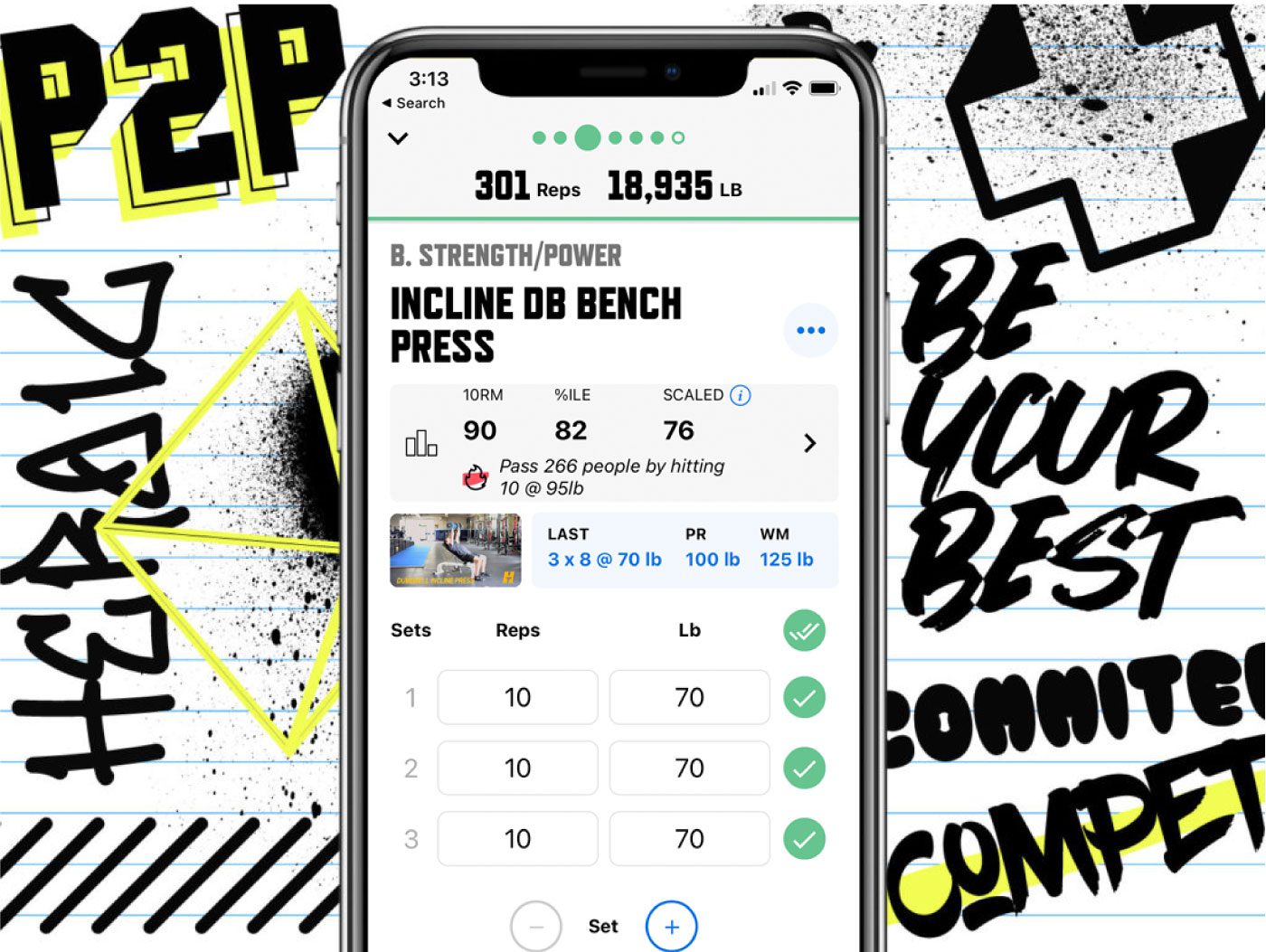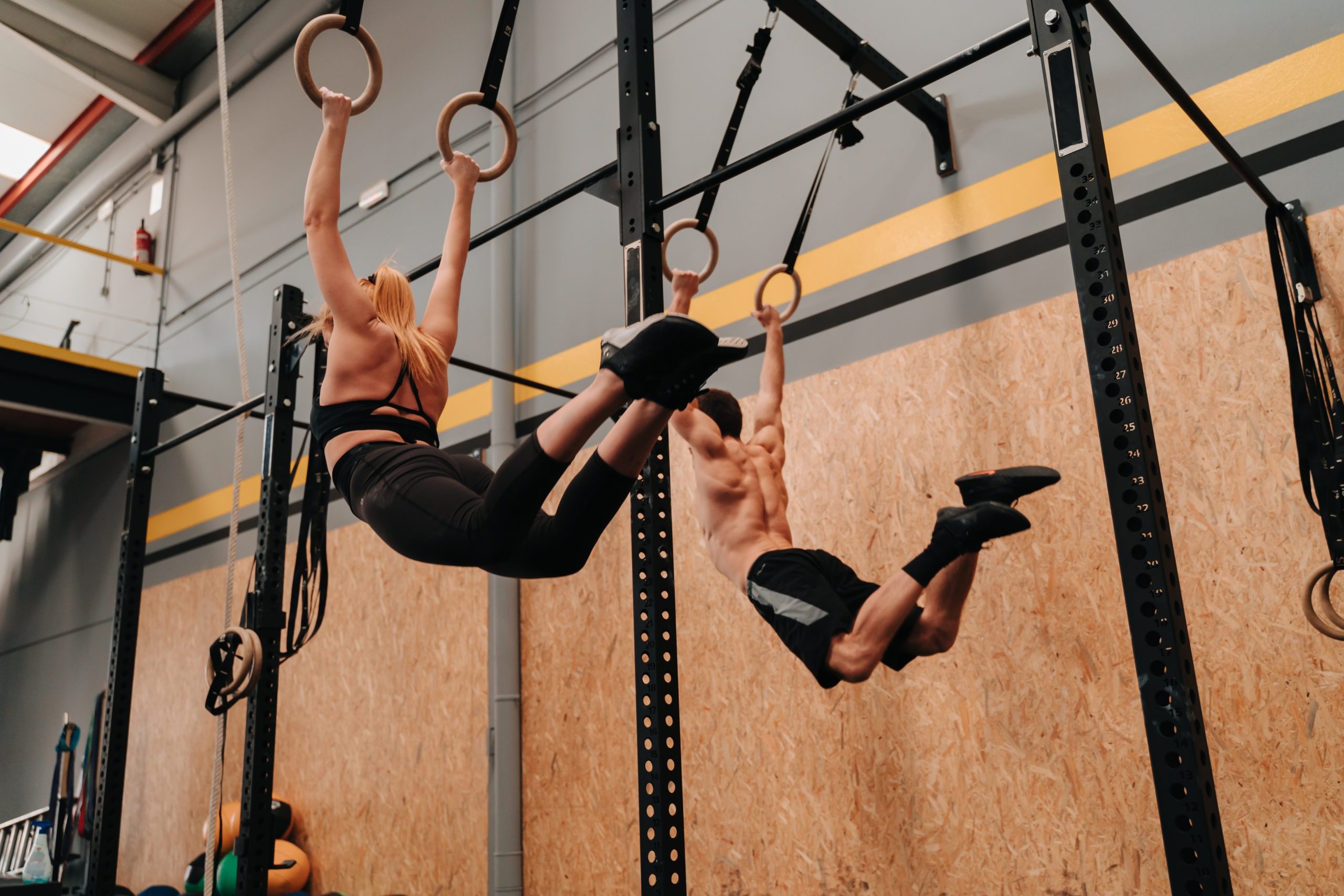Goblet Squats for Spine Health & Strong Legs

Of all the myriad ways to squat, goblet squats are the best for beginners and most useful if you’re dealing with injuries. They can also help improve your hip-hinge movement patterns and absolutely blow up your posterior chain if you’re into that. (We know you are.)



Dumbbell or Kettlebell Goblet Squats 101
Goblet squats target your glutes, quads, hamstrings, and core along with stabilizers in your shoulders and spine. If you have low back pain or spine compression issues, the goblet squat is a great front-loaded exercise that doesn’t put weight on your spine like a barbell back squat does. For this reason, goblet squats are used as a substitute during injury rehab/prehab as a way to keep training your squat.
Many newer, beginner athletes tend to lean forward or let their knees cave when squatting. Goblet squats are awesome for preventing these common beginner mistakes by forcing you to lift your chest up and drive your knees out to avoid falling forward.
And since it’s a core functional movement, the goblet squat mimics everyday activities like sitting/standing out of a chair, getting off the couch, or squatting down to grab something from the bottom shelf at the grocery store. Functional compound movements are where it’s at for the sake of longevity—you want to be able to get up and down on your own when you’re 90.
Goblet squats are also a solid warmup exercise for weightlifters and strength athletes to prime their legs before heavy lifting. Sitting at the bottom with a weight to counterbalance allows you to hit those sticky spots, end ranges of motion, and deeper stretches into your hips and ankles.
Check out our primer on the most convenient, basic squat variation and work it into your next training session!







DOWNLOAD
trainheroic’s
free APP
How to Goblet Squat
Points of performance
Setup
Start by holding one dumbbell or kettlebell in both hands against your chest, palms facing in toward each other. You can grip the handle part of the kettlebell so that it’s either upside down or right-side up. You can also hold the bell portion in both hands like a goblet of mead at the village feast, athlete’s choice. For the dumbbell, just hold one head in both hands so it rests vertically against your chest.
Find your squat stance with feet either hip-width or shoulder-width apart depending on how you squat. Your toes can be pointed forward or turned out slightly. Tuck your pelvis and engage your lower abs to avoid arching your back (we’re really anti- anterior pelvic tilt).
Squat
Hinge at the hips and drive your butt back like you’re about to sit on your throne at the head of the royal dining table. Keep your back straight, chest up, and eyes forward—your elbows should fall between your knees as you squat to parallel or deeper.
Be aware of your mobility as you squat to depth, since goblet squats make it easier to sink into the bottom and lose tension. This can be a great hip stretch if you need it, but might reinforce a negative movement pattern if you’re too loosey-goosey. Try squatting to a target (box or medicine ball) if you want to avoid going too deep. Once your butt taps the target, stand up to finish the rep.
Recover
Come up out of the squat by driving through the floor, pushing your knees out, and squeezing your glutes to open your hips at the top. Be sure your feet are planted and not doing anything crazy like rotating, lifting off the floor or caving in.
The Marketplace: Shop Expert Programming from Real Coaches
Sometimes all you need to reach your destination on your fitness journey is an expert guide. We’ve got you covered.
The TrainHeroic marketplace is the only place to purchase programming from the World’s best coaches, delivered through the immersive training experience of the TrainHeroic app.
Browse from thousands of programs for any goal and every type of athlete.
Or, join a monthly programming membership to connect with a real coach and community of athletes training just like you. Try any programming subscription free for 7 days.


Make the Goblet Squat harder
Other than grabbing a heavier weight, the best way to make the goblet squat more challenging is to use tempo. Slow down the descent to a 3-5 second count for each rep. This removes the momentum factor and forces you to maintain control and tension through the whole movement. Be ready to put out the fire in your legs after a few sets of these.
If you’re working on stability and improving your squat movement patterns, try the above tempo goblet squat with a band (hip halo or hip circle) around your knees. The band pulls your knees in toward each other, making your glutes work extra hard to drive your knees out and keep them from caving.
The goblet squat gets overlooked by its barbell brethren, but it has a ton of potential as a substitute movement, warmup exercise, and aid for improving your squat form. It’s also a precursor to the front squat, which is an essential part of the Olympic clean and jerk.
We talked about dumbbells and kettlebells, but the convenience factor with goblet squats means you can hold pretty much anything you have at home—medicine ball, potted plant, jug of water, disgruntled pet, or small child. If you’re short on equipment or training at home, use the goblet squat to get your fitness on.
For beginners, when your lower body strength and stamina are ready, you can replace those weird/wobbly items for a barbell and start leveling up.



Lily frei
Lily is TrainHeroic’s Marketing Content Creator and a CF-L1 with an English background. She was a successful freelance marketer for the functional fitness industry until being scooped up by TrainHeroic. An uncommon combo of bookish, artsy word-nerd and lifelong athlete, Lily is passionately devoted to weightlifting, CrossFit, yoga, dance, and aerial acrobatics. Find her showcasing her artist-athlete hobbies on IG @lilylectric.


Join the community
Sign up for the latest training news and updates from TrainHeroic



About TrainHeroic
Support
Made with love, sweat, protein isolate and hard work in Denver, CO
© 2021 TrainHeroic, Inc. All rights reserved.


